Planning the year is best done in chunks.
I like to break up the year into quarters or three-month blocks.
To help you with this task, I have created a free handy academic and therapeutic planning guide.
The booklet’s purpose is to help you reflect on the learning block you recently completed and begin planning for the next three months.
As you use the guide, remember how the child learns best.
Children require as many opportunities for touching, tasting, viewing, choice-making, and expressing themselves as possible. Each of these strands will look different from child to child—so be sure to plan for adaptations/modifications that best meet the child’s interests, needs, and desires.
This free guide includes worksheets for you to
- Reflect on what the child accomplished, the skills you’d like to support, and how to get there in the next three months
- Outline academic and therapeutic goals
- Outline communication and language goals
- Outline fine and gross motor goals
- Outline social-emotional goals
- Outline specific themes/activities
- Outline materials/resources needed
- Plan for tracking/assessments as a means for identifying additional goals (not for punishing or creating extra stress for the child)
- Use as a “Cheat Sheet” or summary
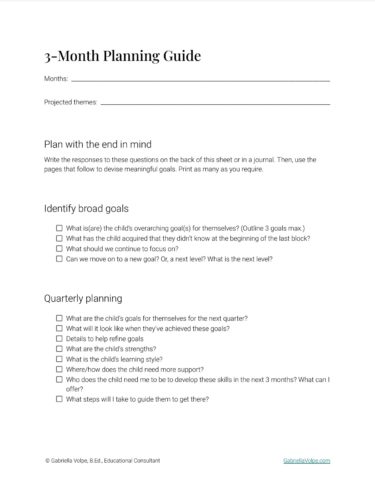
Start with some guiding questions
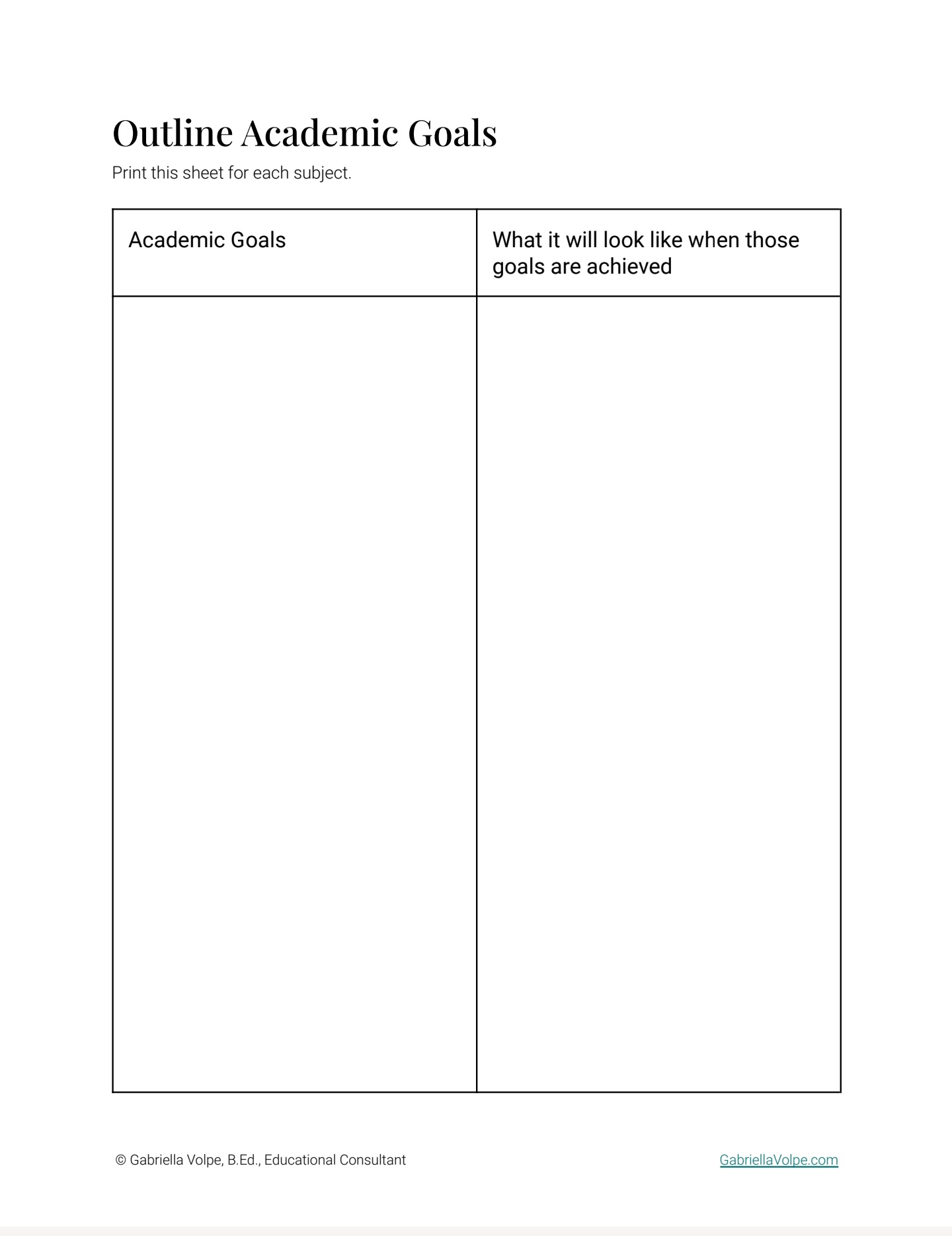
There is space for outlining academic goals
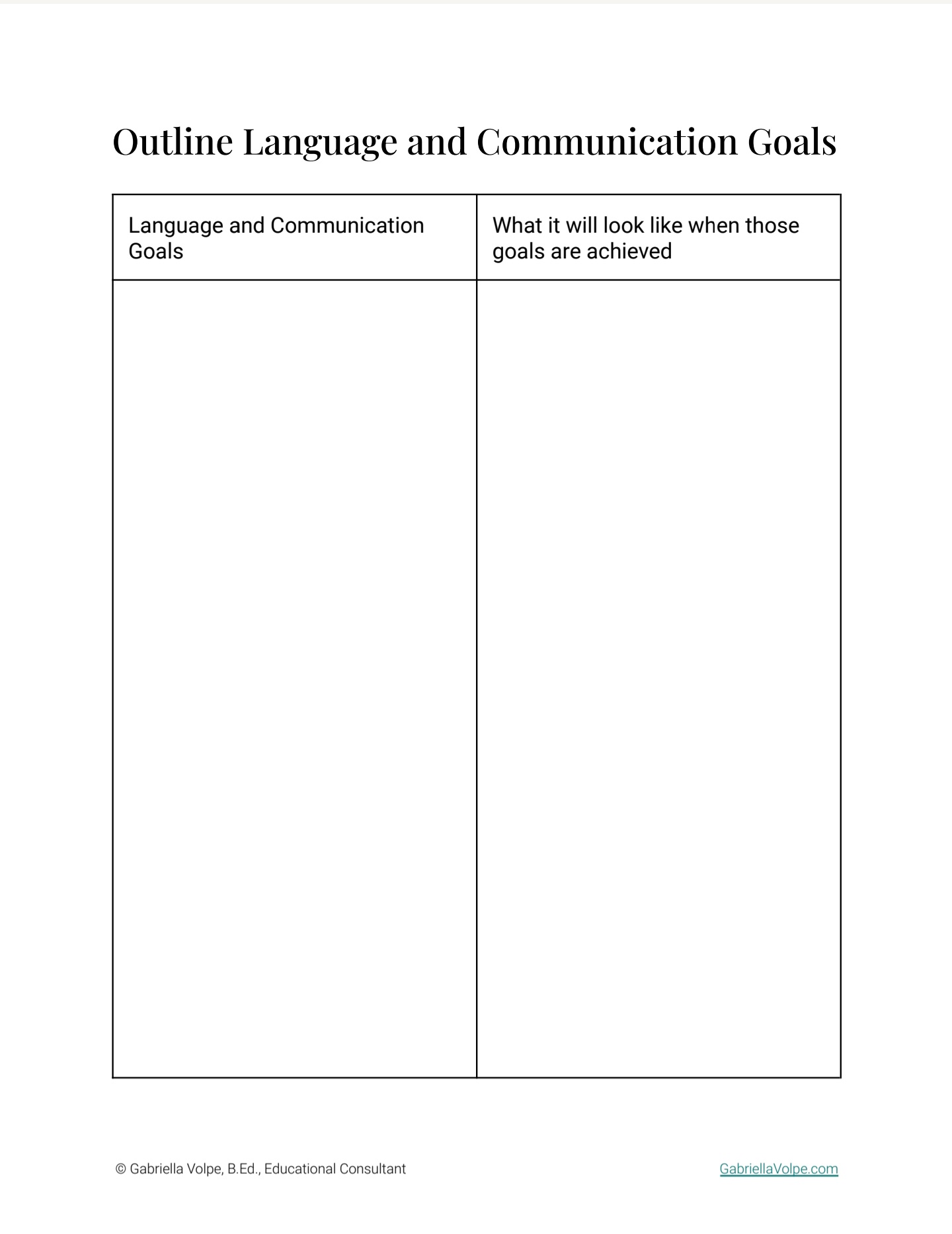
Sample page for outlining therapeutic goals
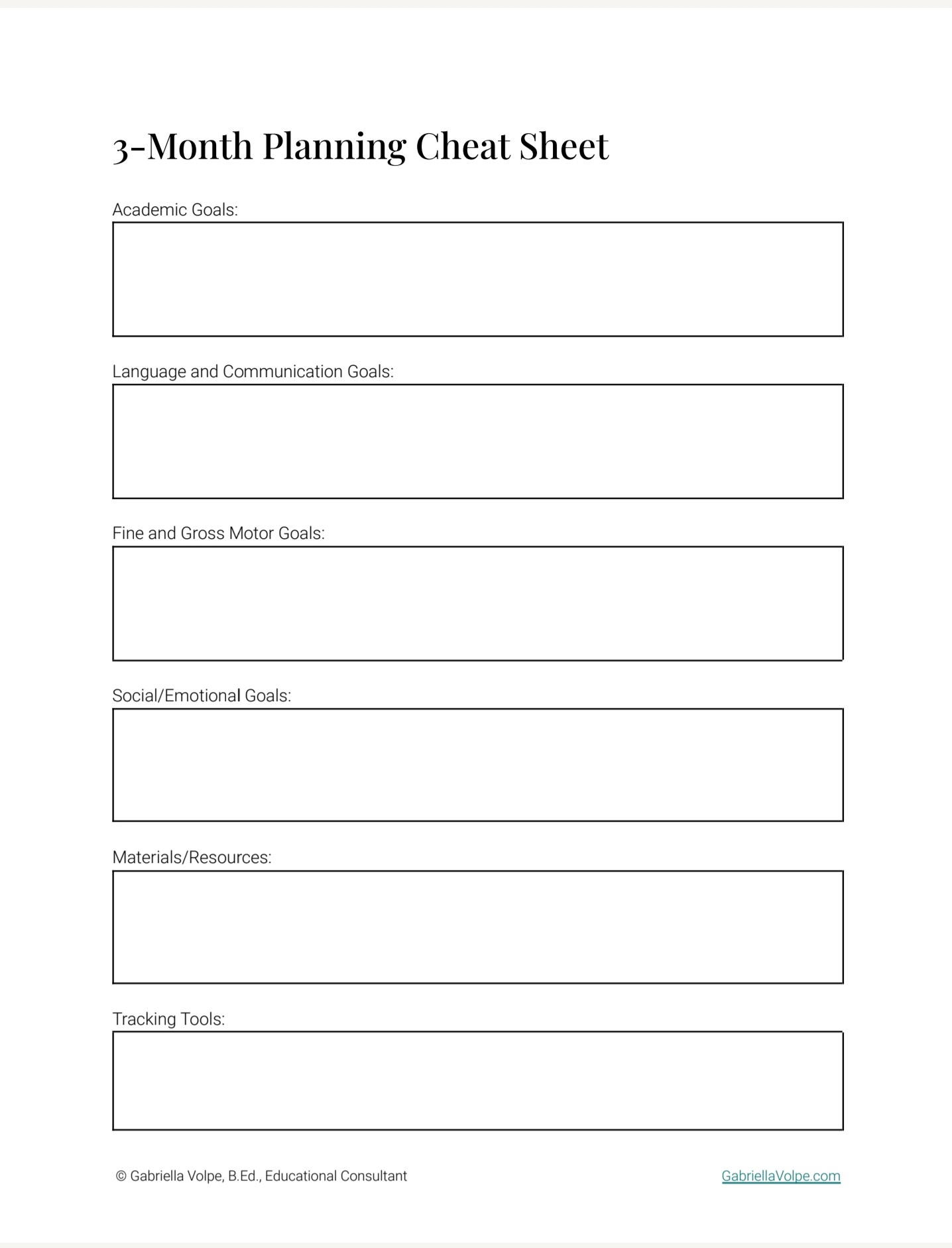
The Cheat Sheet summarizes the brainstorming you do on the other pages. You can write in note-form here and add this to your planner or pin it in a central place for easy reference.
Some examples of goals:
- Academic (counting, reading, artistic expression, etc.)
- Fine motor (using a cutting tool, using a writing tool, dressing self, etc.)
- Gross motor (jumping, kicking a ball, hopping on one foot, moving arms, dancing in place, etc.)
- Social-emotional (developing authentic friendships with the child, expressing emotions/needs/wants and advocating these for themselves, etc.)
- Language/communication (using words, ASL, AAC, gestures, eye gaze, letter boards, or other methods of communication)
- Sensory processing (recognizing things in the environment that cause discomfort, identifying and using sensory preferences that soothe/comfort the child, advocating for what they need in a given environment, etc.)
Important note: Be sure the goals are neurodiversity- and disability-affirming. The idea is to create goals that reduce or remove barriers to learning, not to “fix” or change the child. Further, goals should always be set with and not for the child.
Download the complete FREE printable guide (including Cheat Sheet) here.
Get more resources like this one
Sign-up to my newsletter and I’ll send you email updates regarding education, accessibility, and disability justice.
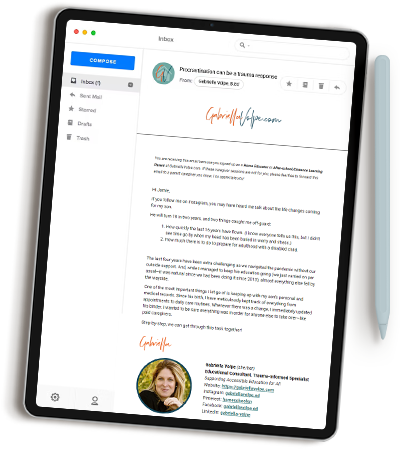
By signing up for email alerts, you agree to receive updates and promotions from me. You can unsubscribe at any time.

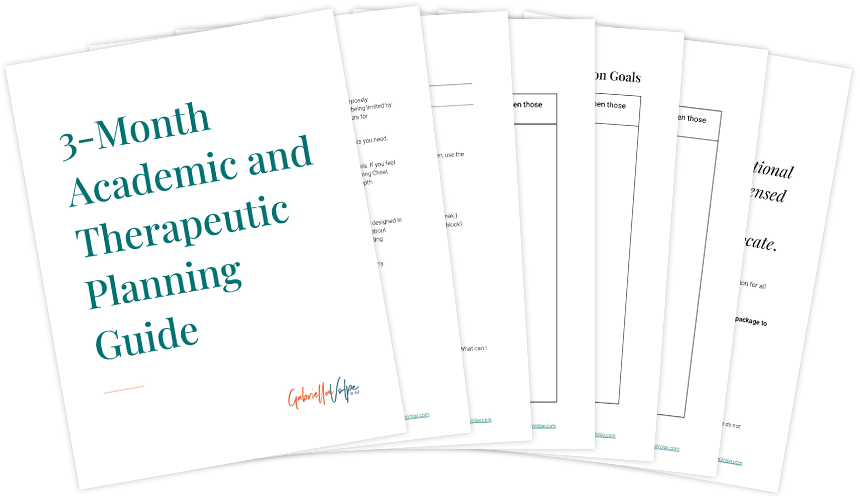
0 Comments